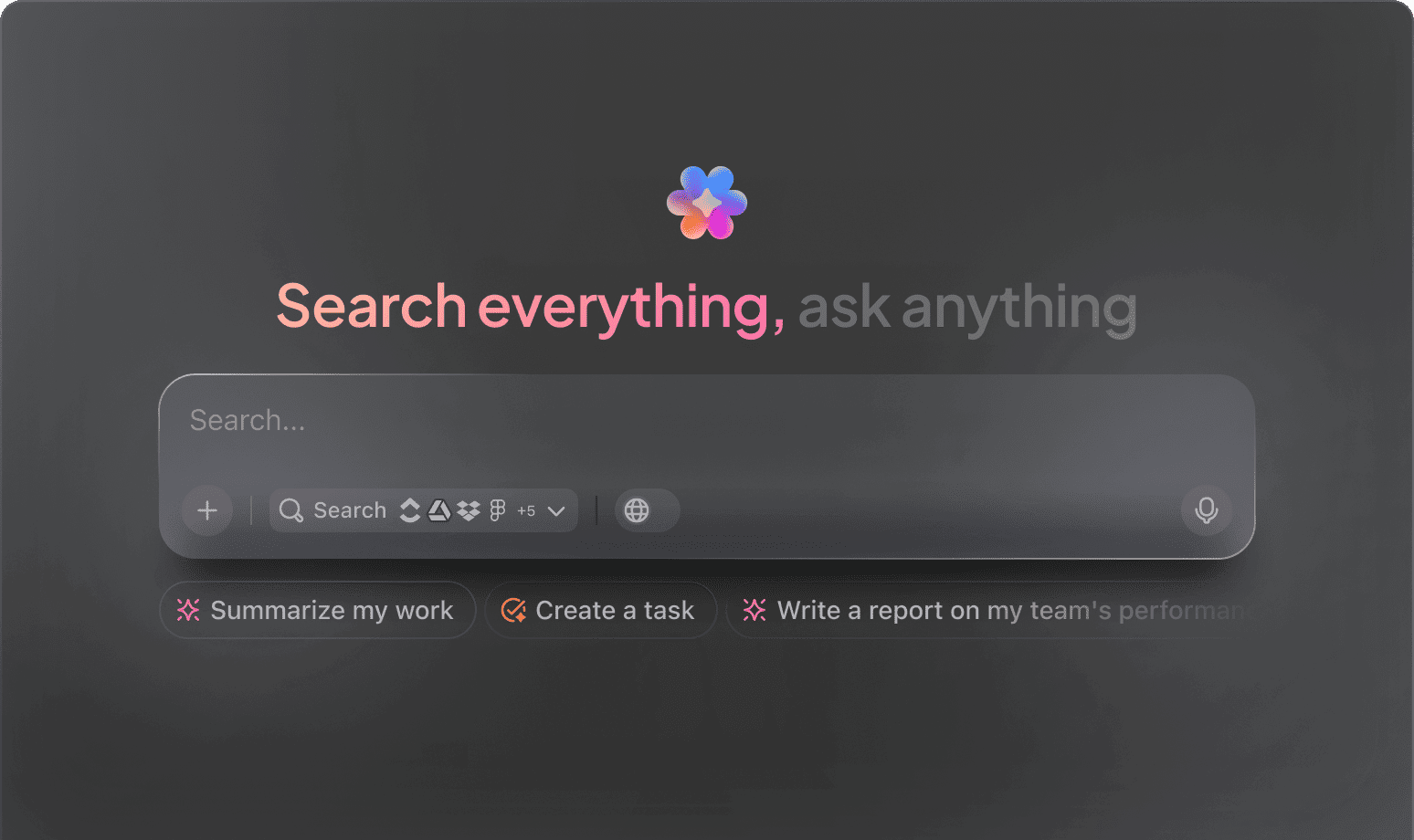AI-Powered Product Planning
Top AI Prompts for Crafting Product Requirements Documents
Define clear specs, align your team, and accelerate product launches effortlessly using ClickUp Brain's intelligent prompts.
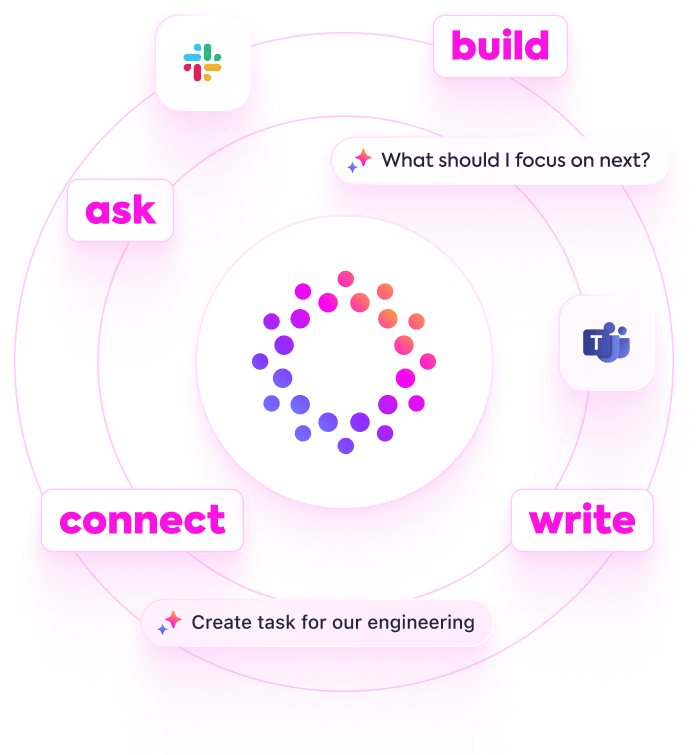
Trusted by the world’s leading businesses
AI Empowering Product Teams
Revolutionizing Product Requirements Documents with AI Prompts
Crafting detailed Product Requirements Documents (PRDs) is a complex process that shapes the success of your product.
From gathering stakeholder input to defining features, user stories, and acceptance criteria, product teams juggle numerous details and deadlines. AI prompts are now pivotal in simplifying this workload.
Product teams leverage AI to:
- Quickly extract key insights from market research and user feedback
- Generate clear, structured feature descriptions and user stories with minimal effort
- Summarize lengthy technical specifications and documentation
- Transform scattered notes into organized outlines, checklists, or actionable tasks
Integrated into daily tools such as docs, whiteboards, and task managers, AI in platforms like ClickUp Brain seamlessly converts creative ideas into well-structured, executable plans.
ClickUp Brain Compared to Conventional Solutions
Discover What Sets ClickUp Brain Apart
ClickUp Brain integrates seamlessly with your workflow, understanding context so you can focus on delivering results instead of clarifying details.
Conventional AI Platforms
- Constantly toggling between apps to collect information
- Repeating project objectives with every input
- Receiving generic, irrelevant outputs
- Hunting through numerous platforms to locate a single document
- Interacting with AI that lacks proactive engagement
- Manually switching among different AI engines
- Merely an added browser plugin
ClickUp Brain
- Deeply connected to your projects, documents, and team communications
- Retains your project history and objectives
- Provides detailed, context-aware guidance
- Offers consolidated search across your entire workspace
- Supports voice commands with Talk to Text
- Automatically selects the optimal AI model: GPT, Claude, Gemini
- Dedicated desktop app for Mac & Windows designed for efficiency
Prompts for Product Requirements Documents
15 Essential AI Prompts for Crafting Product Requirements Documents with ClickUp Brain
Simplify PRD creation—gather insights, align teams, and ensure clarity effortlessly.

Identify 5 key functional requirements for a mobile banking app, based on the ‘Q2 Feature Requests’ doc.
Use Case: Accelerates gathering of core features from stakeholder inputs.
ClickUp Brain Behaviour: Analyzes linked documents to extract and prioritize essential functionalities for the product.

What are the current user experience trends in fitness tracking apps under $50?
Use Case: Informs design decisions with up-to-date market insights.
ClickUp Brain Behaviour: Combines internal research with external data to highlight popular UX patterns and features.

Draft a clear product overview for a task management tool, referencing ‘Concept Notes’ and prior PRD sections.
Use Case: Ensures all teams share a unified understanding of the product vision.
ClickUp Brain Behaviour: Extracts key points from documents to generate a concise, structured product summary.

Summarize performance benchmarks between our app and competitors using the ‘Benchmark Report Q1’ doc.
Use Case: Supports data-driven decisions without manual report analysis.
ClickUp Brain Behaviour: Pulls relevant metrics and insights to create a comparative summary.

List top security protocols recommended for fintech apps, referencing compliance guidelines and internal audits.
Use Case: Guides inclusion of critical security features in the PRD.
ClickUp Brain Behavior: Scans documents to identify and list essential security measures and standards.

From the ‘API Integration Specs’ doc, generate a detailed checklist for development tasks.
Use Case: Facilitates thorough planning and tracking of integration work.
ClickUp Brain Behavior: Extracts technical requirements and formats them into actionable checklist items.

Summarize 3 emerging accessibility features from recent user research and tech reviews.
Use Case: Helps prioritize inclusive design elements backed by data.
ClickUp Brain Behavior: Identifies recurring themes and recommendations from linked research materials.

From the ‘User Feedback Q1’ doc, highlight main pain points related to onboarding flows.
Use Case: Focuses improvement efforts on critical user experience issues.
ClickUp Brain Behavior: Analyzes survey data to extract common complaints and suggestions.

Write concise, user-friendly error messages for the login screen based on the tone guide in ‘BrandVoice.pdf.’
Use Case: Speeds up UI copywriting while maintaining brand consistency.
ClickUp Brain Behavior: References tone guidelines to propose varied message options.

Summarize recent regulatory changes affecting data privacy and their impact on product features.
Use Case: Ensures compliance considerations are integrated early in development.
ClickUp Brain Behavior: Condenses linked compliance documents into key actionable points.

Generate UI layout guidelines for the dashboard module, referencing design system docs and user feedback.
Use Case: Aligns design and development teams on interface standards.
ClickUp Brain Behavior: Extracts layout rules and user preferences to create a clear guideline checklist.

Create a testing checklist for the new notification system based on QA reports and specification docs.
Use Case: Streamlines quality assurance with a comprehensive task list.
ClickUp Brain Behavior: Identifies test scenarios and acceptance criteria from documentation.

Compare integration capabilities of third-party APIs using our evaluation docs.
Use Case: Supports informed decisions on external service adoption.
ClickUp Brain Behavior: Summarizes feature sets and limitations into an easy-to-read comparison.

What are the latest trends in mobile app onboarding since 2023?
Use Case: Guides product teams with current best practices and innovations.
ClickUp Brain Behavior: Synthesizes insights from research notes, reports, and industry updates.

Summarize usability feedback from the Southeast Asia user group focusing on navigation and feature discoverability.
Use Case: Drives region-specific enhancements to improve user satisfaction.
ClickUp Brain Behavior: Extracts and prioritizes common issues and suggestions from surveys and support tickets.
Craft Product Specs Efficiently with ClickUp Brain
Cut down revisions, unify your team, and produce superior documents through AI-enhanced processes.





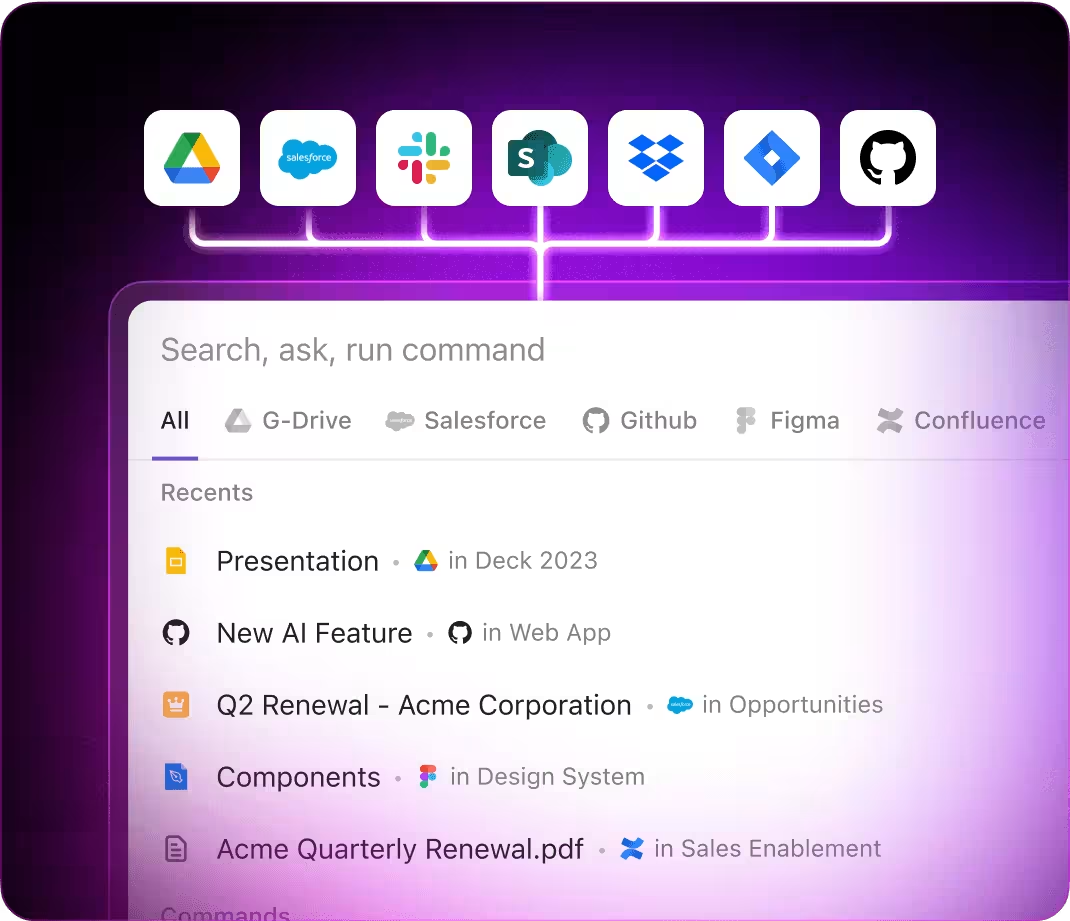
AI Applications
Leading 3 Applications of AI Prompts in Crafting Product Requirements Documents
Speed up document creation, enhance precision, and discover innovative approaches with AI assistance
From Concepts to Clear Product Specs
Early product specs usually start as fragmented ideas and incomplete notes. ClickUp Brain organizes these into clear, collaborative product requirement documents right inside ClickUp Docs.
Leverage ClickUp Brain to:
- Convert scattered notes into polished, actionable PRD templates
- Create fresh feature ideas informed by previous project data (using context-driven AI writing)
- With Brain Max, instantly explore historical product specs, user feedback, and related documents to inspire your next feature set.
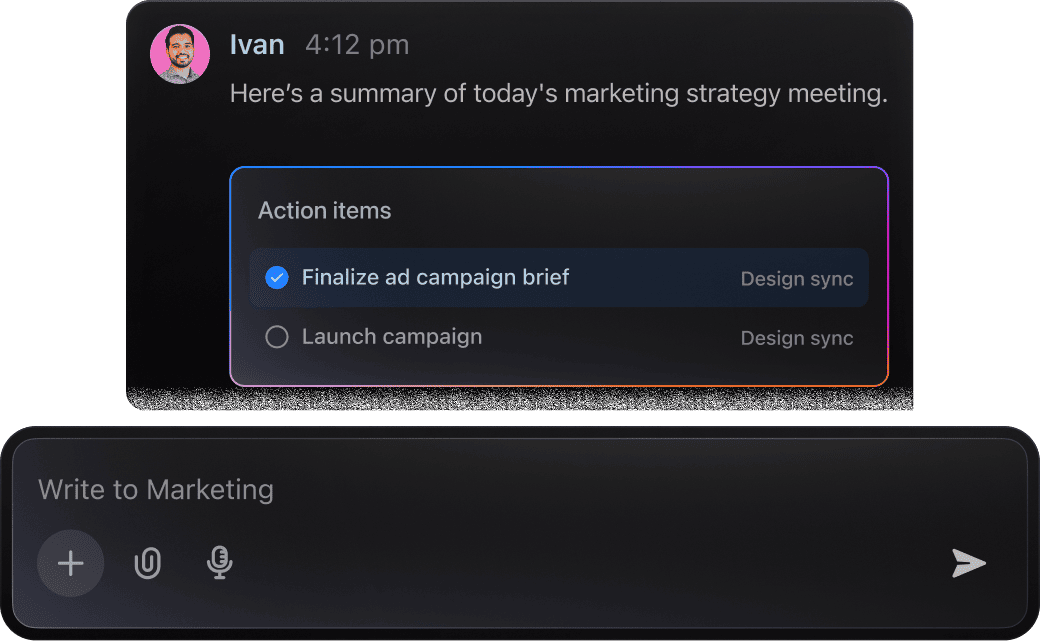
From Concept to Code
Development teams often wrestle with complex documentation and scattered feedback. ClickUp Brain streamlines this by pinpointing key tasks, highlighting risks, and crafting clear next steps from your project notes.
Leverage ClickUp Brain to:
- Condense detailed product requirement conversations within tasks or Docs
- Transform detailed design annotations into actionable development tickets
- Automatically generate bug reports or project handoff briefs
- With Brain Max, effortlessly retrieve past design choices, component evaluations, or team discussions across your workspace—eliminating the need to sift through extensive documentation.
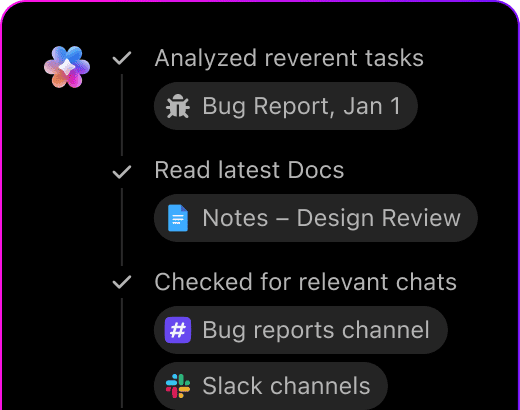
Crafting Product Requirements Documents with ClickUp Brain
Creating detailed Product Requirements Documents involves coordinating stakeholder input, technical details, and market research. ClickUp Brain simplifies this process by extracting key points and drafting clear, aligned PRD content.
Leverage ClickUp Brain to:
- Analyze meeting notes and highlight essential requirements
- Draft precise specification language tailored to your product vision
- Convert feedback discussions into actionable development tasks
- Brain Max enhances this by referencing past project documents or comparable product launches, supporting consistency throughout extended development phases.
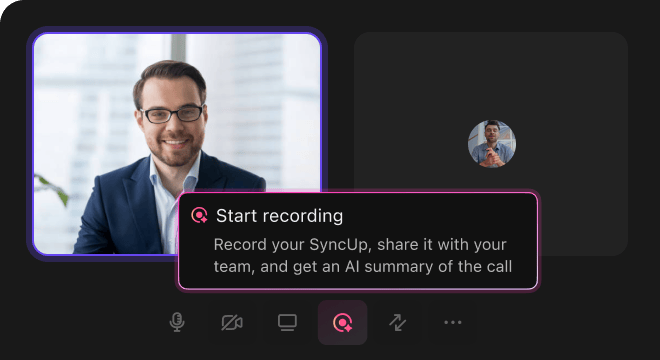
AI Advantages
How AI Prompts Revolutionize Product Requirements Documentation
Integrating AI prompts into your product requirements process enhances every stage:
- Accelerate concept development: Quickly transform initial ideas into detailed specs and user stories
- Reduce revisions: Detect gaps and conflicts by analyzing previous documents and stakeholder feedback
- Align your team: AI-crafted summaries and updates ensure everyone stays informed and coordinated
- Make informed choices: Generate insights on market trends and regulatory standards through targeted prompts
- Innovate confidently: Uncover opportunities that extend beyond your current product plans.
All these capabilities are embedded within ClickUp, turning your AI-generated content into actionable documents, tasks, and dashboards that drive your projects forward.
Prompt Strategies
Crafting Effective Prompts for Product Requirements
Clear prompts drive precise product specs.

Clarify the product scope and audience
Vague prompts yield broad results. Specify details like product category (e.g., “mobile app for healthcare” or “enterprise SaaS platform”), user needs (e.g., “secure data access” or “intuitive onboarding”), or industry standards (e.g., “HIPAA compliance”).
Example: “Outline key features for a project management tool aimed at remote creative teams.”

Use comparative prompts to evaluate options
AI excels at drawing distinctions. Frame prompts to contrast features, user flows, or technical approaches.
Example: “Compare authentication methods for mobile apps: biometric vs. two-factor authentication.”

Define prompts as user goals or tasks
Shape your prompt around what the user needs to accomplish. This guides AI to deliver actionable requirements:
Example: “Draft requirements for a budgeting app that helps freelancers track expenses and income.”

Specify the desired output format
Need a feature list, user story map, acceptance criteria, or wireframe outline? Clearly state it. AI responds best when the format is clear.
Example: “Provide a prioritized checklist of features for an e-commerce checkout process with explanations.”
Enhance Product Specs Creation with ClickUp Brain
ClickUp Brain goes beyond simple task tracking—it's your strategic partner in crafting detailed product requirement documents effortlessly.





